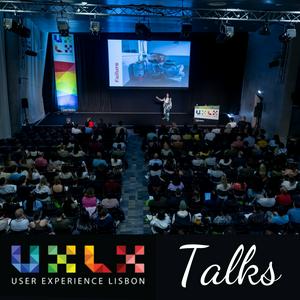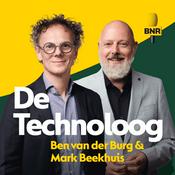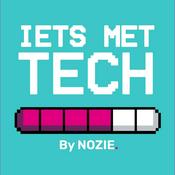138 afleveringen

Themeable Design Systems With Design Tokens by Brad Frost
27-11-2025 | 27 Min.
Your Multi-All-The-Things organization supports multiple products, brands, platforms, and modes. Your design system unlocks desperately-needed efficiency & consistency, which is great! But each product has its own unique design needs, so how can we provide the benefits of shared systems without forcing everything to look exactly the same?The answer is design tokens! In this talk, you'll learn how design tokens help organizations strike the balance between consistency/efficiency and expression/innovation. Brad will share important design tokens concepts, architecture, and hard-earned best practices to help you successfully create and maintain a robust design token system to serve your Multi-All-The-Things organization.

Designing Products Powered by AI by Katrina Alcorn
16-10-2025 | 29 Min.
Designing for AI requires new considerations and new ways of thinking. We must focus our design talents on a new type of relationship with machines—one that is far more dynamic than ever before. What should these relationships look like? How might we take an ethical approach to create the best experiences with AI? And what role does design thinking have in helping us design for AI?

Tough Talks and How to Have Them by Meghan Casey
18-9-2025 | 22 Min.
elationships with internal stakeholders are often the key to planning, creating, and maintaining strategic content that gets results. Being able to have productive conversations, even when the topic is tricky, is a skill every content professional can and should develop.From having to tell a stakeholder their idea isn’t on-strategy, to critiquing a non-writer’s writing, to approaching a frank conversation about content that is offensive or insensitive, we’ll walk through an approach to planning for and facilitating tough talks with stakeholders.Using real-world examples from 20 years in the fields of marketing, communications, content strategy, and user experience spanning a wide variety of industries and organizations, this session will give you a framework to:Determine whether a conversation is needed.Apply methods we practice with content to plan the conversation.Facilitate challenging conversations productively.

Tell, Don’t Show: the Mass Misuse of Microcopy by Relly Annett-Baker
06-8-2025 | 26 Min.
Join me on a fast and furious tour of all the ways we screw up helping users do what they came to do. We’ll see exhibits from the following categories of UI horrors:Sticky bandageVow of silenceOvereager assistantThe only customer is youand my personal least-favouriteTo you this is a tool to get work done, to me this is artDo you want fewer leaky funnels, better user created data, and to be able to meet the needs of different user groups through one interface? We’ll then take a look at how to achieve this by building better instructions, fallbacks and reroutes into products and tools. All through the power of simple, effective, well-placed sentences.

Turning Conflict into Collaboration - The Content Design of Civil Discourse by David Dylan Thomas
06-8-2025 | 33 Min.
In the current political climate, it seems like we’ve all but given up on productive, respectful discourse. However, there are simple design and content design choices we can make that encourage collaboration over conflict, even when dealing with hot-button issues.In this session we’ll look at real-world examples of how the way we phrase a question or design an interaction can have a huge impact on the quality of conversation, and the three rules they share.
Meer Technologie podcasts
Trending Technologie -podcasts
Over UXLx Talks
Luister naar UXLx Talks, Lex Fridman Podcast en vele andere podcasts van over de hele wereld met de radio.net-app

Ontvang de gratis radio.net app
- Zenders en podcasts om te bookmarken
- Streamen via Wi-Fi of Bluetooth
- Ondersteunt Carplay & Android Auto
- Veel andere app-functies
Ontvang de gratis radio.net app
- Zenders en podcasts om te bookmarken
- Streamen via Wi-Fi of Bluetooth
- Ondersteunt Carplay & Android Auto
- Veel andere app-functies


UXLx Talks
download de app,
luisteren.





































